Tag: sedation
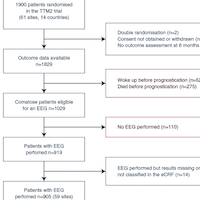
EEG Patterns for Predicting Poor Outcome After Cardiac Arrest
The specificity of the ERC-ESICM-recommended EEG patterns for predicting poor outcome after cardiac arrest exceeds 90% but is lower than in previous studies, suggesting that large-scale implementation may reduce their accuracy.... read more
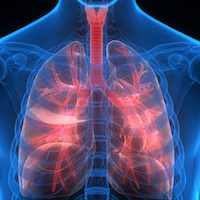
Ineffective Airway Clearance Nursing Diagnosis & Care Plans
Ineffective airway clearance is the inability to clear secretions or obstructions from the respiratory tract. This can be detrimental to breathing and create complications. Secretions can be problematic as a result of... read more

Handbook of Evidence-Based Critical Care
This updated and revised edition of the classic bedside pocket reference remains the gold standard in critical care medicine. The new edition maintains Dr. Marik's trademark humor and engaging writing style, while adding... read more
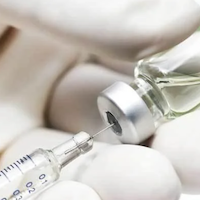
Scheduled Intravenous Opioids
Maintaining comfort and analgesia is fundamental to providing adequate care in intensive care unit (ICU) patients. Pain assessment and its control remain the highest priorities and concerns among survivors of critical illness... read more

Propofol-Related Infusion Syndrome in a Child with RSE
Propofol is used for sedation, anxiolysis, anesthesia induction, and as an anticonvulsant. In cases of refractory status epilepticus (RSE), propofol is more efficient than barbiturates. We present a case of a 3-year-old... read more
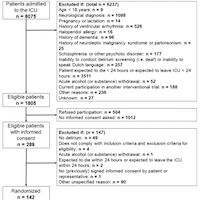
Haloperidol Efficacy to Decrease Delirium Burden in Critically Ill Patients
This trial, that was stopped early, did not show evidence that haloperidol reduces delirium and coma in critically ill patients with delirium. The beneficial effects on some agitation-related outcomes and lower sedative... read more
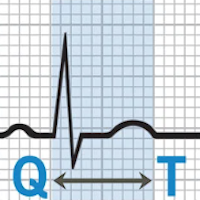
Delirium Treatment with Haloperidol Not Associated with Higher Risk of QTc-interval Prolongation
Delirium treatment with haloperidol and/or pipamperone was not associated with a higher risk of QTc-interval prolongation in this naturalistic patient sample but was greater in magnitude and correlated with equipotent dosage... read more

Haloperidol and Delirium: What is Next?
Haloperidol is, by far, the best-studied antipsychotic in ICU, appears to be safe in the dosing range used in these two trials and is easy to administer and titrate. For these reasons, if a clinician chooses to pharmacologically... read more
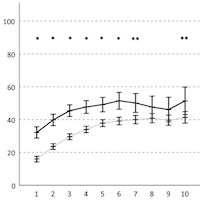
Nasotracheal vs. Orotracheal Intubation for Sedation in Critically Ill Patients
Nasotracheal intubation (NTI) may be used for long term ventilation in critically ill patients. Although tracheostomy is often favored, NTI may exhibit potential benefits. Compared to orotracheal intubation (OTI), patients... read more
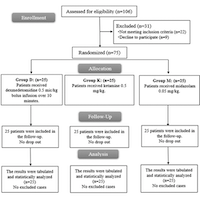
Safety and efficacy of dexmedetomidine vs ketamine vs midazolam combined with propofol in gastrointestinal endoscopy for cancer patients
In cancer patients who underwent GI endoscopy, dexmedetomidine-propofol and ketamine-propofol had better sedation efficacy [lower achievement time of RSS 3–4, total propofol dose, and eye-opening time] compared to midazolam-propofol... read more

Propofol in ICU Settings: Understanding and Managing Anti-Arrhythmic, Pro-Arrhythmic Effects, and Propofol Infusion Syndrome
Propofol has revolutionized anesthesia and intensive care medicine owing to its favorable pharmacokinetic characteristics, fast onset, and short duration of action. This drug has been shown to be remarkably effective in numerous... read more

Dexmedetomidine for EOL Sedation
This study demonstrates a reduction in breakthrough medication requirements, particularly benzodiazepines, for patients sedated with dexmedetomidine at end of life (EOL). The dexmedetomidine cohort required less breakthrough... read more
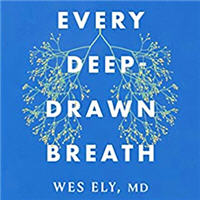
Every Deep-Drawn Breath: A Critical Care Doctor on Healing, Recovery, and Transforming Medicine in the ICU
A world-renowned critical care doctor offers hope for ICU patients and their families in this timely, urgent, and compassionate narrative. Over the next ten years, 40 to 60 million people in this country will be admitted... read more

ICU Delirium – A Decade of Learning
Think of delirium as the phenotypic manifestation of global, acute brain dysfunction that can deprive patients of their dignity. This syndrome of acute changes in awareness, attention, and cognition is an independent... read more




